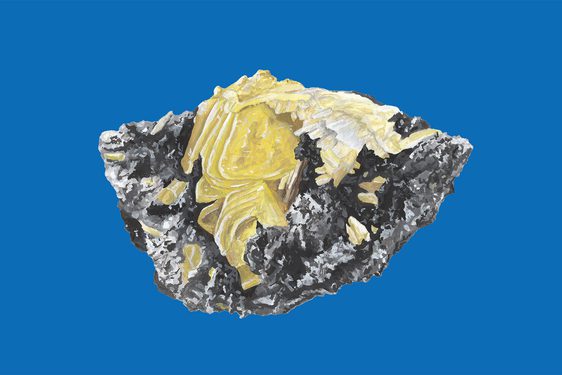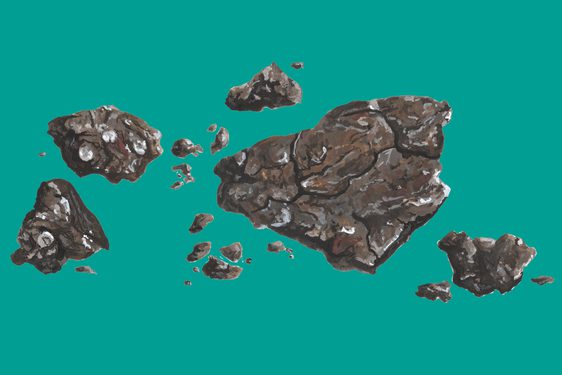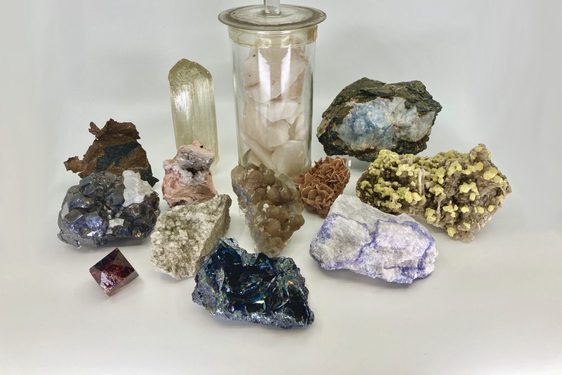
Macaulayite: A cosmic mineral
News Story
From Scotland to Canada to Mars; the story of this mineral's name really takes us places!
This mineral is an altogether different kettle of fish. And it's a fish with a distinctly cosmic flavour. Macaulayite is an extremely rare mineral. It is found at only two localities worldwide; Italy and Scotland. It occurs in Scotland at Bennachie, near Inverurie in Aberdeenshire. Here it appears as earthy red, ochreous patches on weathered granite.
An iron aluminium silicate, macaulayite has the chemical formula (Fe₃+,Al)₂₄Si₄O₄₃(OH)₂. The mineral was first described in 1984 by researchers at the Macaulay Institute for Soil Research in Aberdeen. The mineral was named after the organisation, one of the very few minerals to be named in that way. In 2011, the Macaulay became part of the James Hutton Institute, and is one of the principal centres for soil research in Europe.
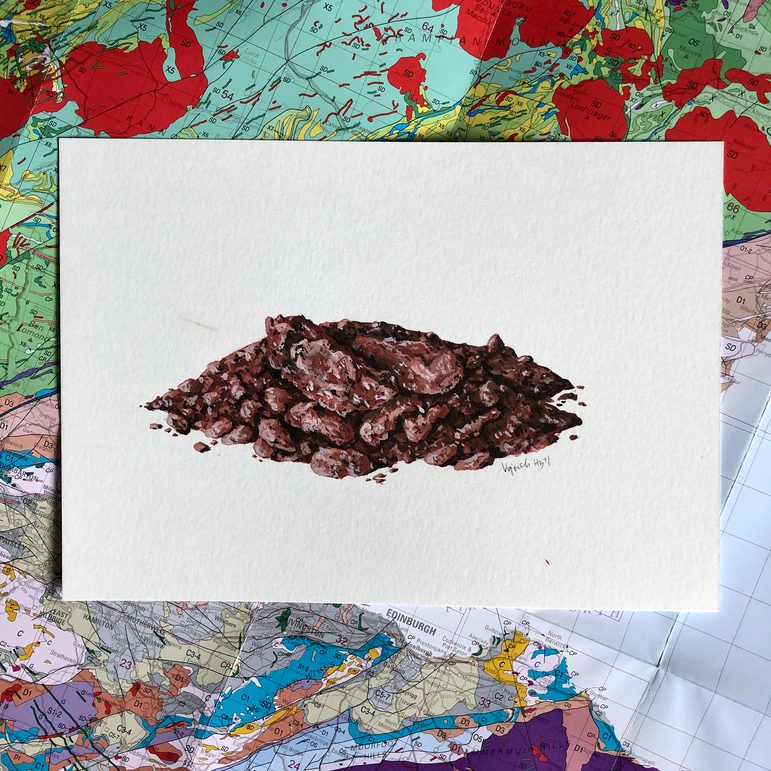
OK, so far, so Scottish. But who was Macaulay? He was Thomas Bassett Macaulay (1860 – 1942). Born in Hamilton, Canada, to Robertson Macaulay, a Scot from Fraserburgh and Barbara Marie Reid. Macaulay senior emigrated to Canada in 1854 and settled in Montreal, Quebec. He joined the Sun Life Assurance Company of Canada, rising through the ranks to eventually become president.
He was succeeded as president by his son in 1908. Like his father, Macaulay junior was a success. His wealth allowed him to become a philanthropist and cattle breeder. His charity extended back across the Atlantic, establishing a fund to help seafarers in his father’s hometown of Fraserburgh. He also donated a considerable sum to the University of Edinburgh.

His link to Aberdeen derives from a gift of money to buy a large plot of land and buildings at Craigiebuckler in Aberdeen. In 1930, an institute for soil research was established on the newly purchased site to help improve agriculture in Scotland. The institute was named after Macaulay and still continues its groundbreaking research.
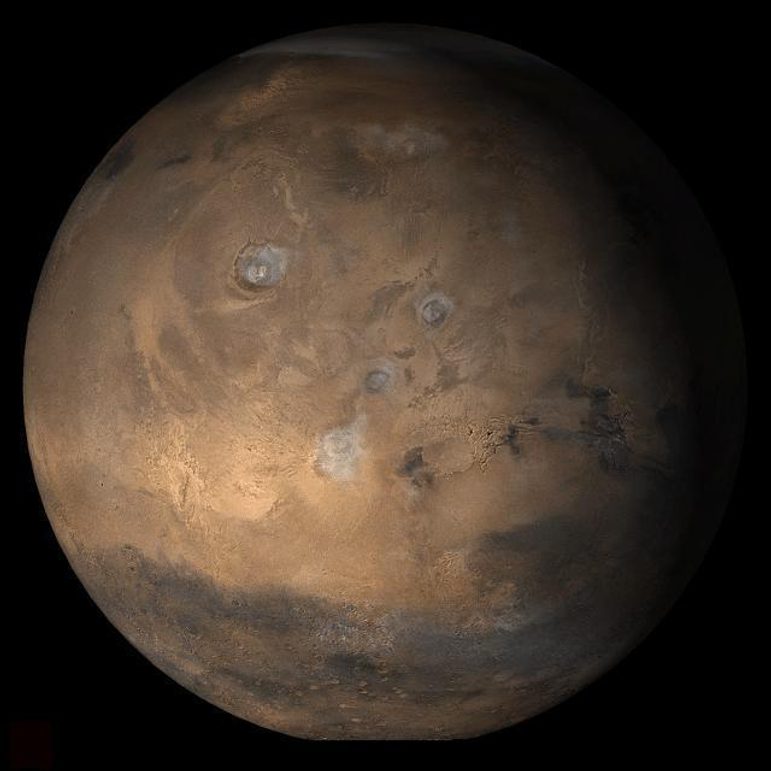
The cosmic connection was established in 2008. Scientists at NASA began to study macaulayite in connection with the search for life on Mars. They speculated that the mineral might be present on the surface of the planet. It might also be partly responsible for the famous red colour. They were also looking at the connection between the mineral and water. Macaulayite is formed in the presence water. This means that if it were present on the planet, it could prove that Mars has the necessary resources to support some form of life.
So when we said that it's only known from two localities, we should have specified terrestrial localities. There may be a much bigger source not too far away. Well, only 54.6 million km away…!
